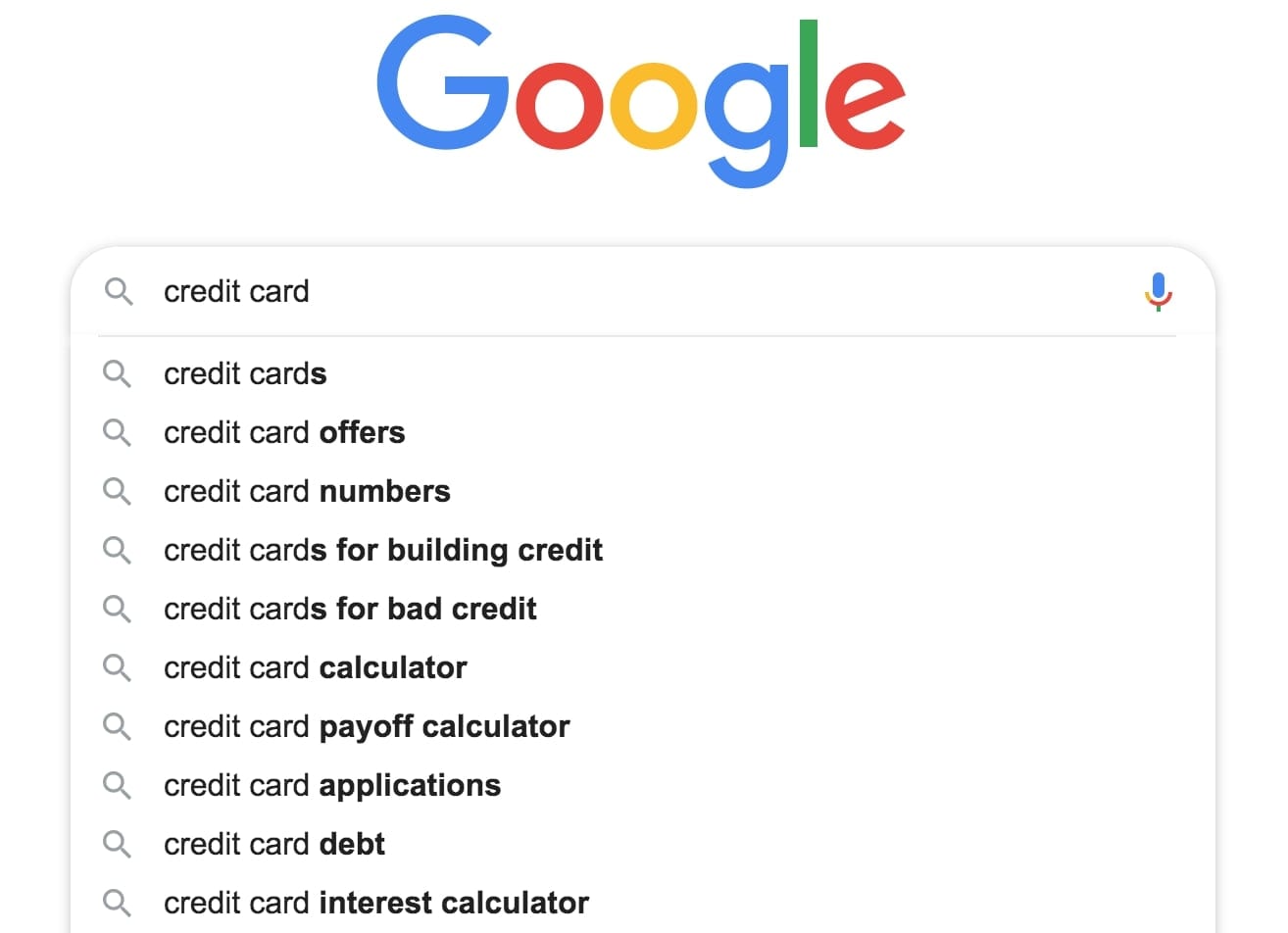SEO and PPC can and should work together was the premise of Sarah Barker’s keynote speech at Hero Conf London this year and she made a great argument for her case. I had the opportunity to attend Hero Conf in London this year and while attending I heard this great presentation and thought I would summarize a few of the key takeaways for you all out there.
To set the stage, Sarah discusses how PPC and SEO have different goals and metrics but end up targeting the same user and have the same overarching success metrics of brand growth and efficiency. So it makes sense the two should work together toward the overall success. Which is when she moves into the meat of the presentation with how to do just that.
Working Together with One Search
It seems a simple solution but working together is the key to success. Having meetings and reports where the SEO and PPC teams can knowledge share to break out of the silos and blend the data, aptly named “One Search” by Sarah.
One Search encompasses your Audience, Keywords, Content, and UX data to find the right users at the right time and reshapes how you think about each section. Starting with audiences, you want to look beyond the demographic data to their values. By understanding your users’ values, you can really understand your audience and set yourself up with a strong foundation for building out the next section, your keywords.
As it stands in PPC, we look at existing keywords, website content, and the keyword planner to begin our keyword research. Sarah recommends starting with your audience, not your website, by using a classic SEO strategy of simply Googling it. When you Google something, you get recommendations for the next word in the search. Borrowing Sarah’s example, if you work in credit cards, put “credit card” in the Google search bar and see what auto-fills to gather broader keywords you can target.

Likely your SEO team has already done some of this work in the past. This is where the collaboration comes into play as you can build out a PPC keyword list in conjunction with your SEO team to find the best keywords to use. There also needs to be equilibrium so you are not showing up in the number 1 spot on SEO and also paying for the number 1 spot with search when there is no competition. Sarah recommended pausing keywords where you rank organically in the one position and there are no other search or shopping results displaying. If there is competition or you are not in rank one, then PPC is a must. When your channels work in this level of harmony, results tend to improve over time.
Once you have your keywords in place, you want to next make sure the content makes sense so users can find what they are looking for. Sarah recommends content for PPC be around high search volume keywords (or expected high traction keywords) and for the keywords with high volume but lacking content, don’t be afraid to make new content creation to meet consumer needs. The more relevant the page, the better performance that can be expected and reported. Further, you can again collaborate with your SEO team beyond content building with messaging testing, such as using SEO features like page titles as PPC headlines to gather additional data that benefits both teams.
Finally, when you have built out the audience, keywords, and content it is important the pages make a user want to convert. This again requires collaboration with the CRO team. The SEO crew can again be helpful here as they work with, or might be, the developers behind the pages. You can ask the SEO team to bridge the gap to the developers to help create the right landing pages to bring the entire experience together.
This keynote was very insightful to me as a full-on PPC account manager. I have already begun taking steps to get in touch with the SEO teams of my clients to start this collaboration with positive results. I highly recommend you giving it a shot as well. Thanks to Sarah Barker for sharing these insights with us at Hero Conf! If you found her information useful, give her a shout on Twitter.



